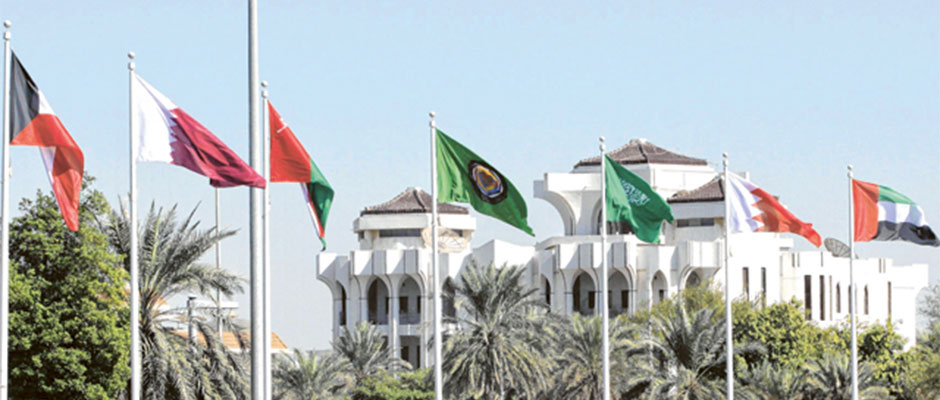The Gulf countries are home to a substantial number of immigrants from all over the world, and notably from Asia, for reasons of work, besides quality of life. And they remain happy to be in here despite sweeping economic reforms through the six-nation grouping, effectively causing a rise in living costs.
By one account, some eight million Indian nationals work in the GCC. Figures by the World Bank confirm India as the top immigration source in the world. More than 2.2 million Indians are in the UAE alone, by far the largest component of expatriates in the country.
Additionally, more than half of Overseas Filipino Workers (OFWs) work in the GCC. Latest stats put the number of officially-registered OFWs at around 2.5 million, and could be even higher by adding the non-registered and those overstaying on their working permits and visas.
Saudi Arabia is the main destination of OFWs by accounting for a quarter of the total. Also, the kingdom ranks second to the US as a source of remittances sent to the Philippines. The US is home to a significant number of Overseas Filipinos with dual citizenship, and not to be confused with OFWs.
In fact, Saudi Arabia is the second source of remittances worldwide after the US. In addition to Asians, a great number of Arabs from Egypt, Yemen and the Sudan, work in the kingdom, and hence remit funds.
The UAE is home to more than half a million Filipinos. Some sources put the figure at 600,000.
Against this backdrop, it is hardly surprising that Philippine President Rodrigo Duterte plans to visit the UAE and other GCC countries during the first half of this year. Ostensibly, Duterte intends to show his appreciation of OFWs for voting for him, and for sending in remittances.
Remitting back home is an essential part of immigration. About half of remittances sent to India emerge from the GCC countries. World Bank data shows India as the largest source of global remittances, amounting to more than $70 billion (Dh257 billion) annually.
Astoundingly, immigrant workers from the world over intend to continue staying in the GCC notwithstanding ongoing economic reforms undertaken in reaction to the plunge in oil prices ever since mid-2014. Measures include raising fuel prices and utility charges as well as introducing fees for governmental services.
Plans are underway to introduce value-added tax in 2018, effectively causing a rise in prices. The framework for VAT is expected to be released in the coming weeks.
Wrongly, numerous Western countries are turning into fortresses for socio-political economic matters. Conversely, GCC economies remain receptive to foreign workers, making them an integral part of work and life in the regional grouping.
Some hard facts help setting GCC economies apart. Immigrants comprise 91 per cent of the population in Qatar, partly reflecting the need for hiring workers from abroad to help with projects leading up to the World Cup 2022. In fact, immigrants constitute the majority of the population in all GCC countries, except for Saudi Arabia and Oman.
A placard held up by civil activists in the US protesting policies of the Trump administration reads that America was built by immigrants. Undeniably, the same holds true for the GCC.













